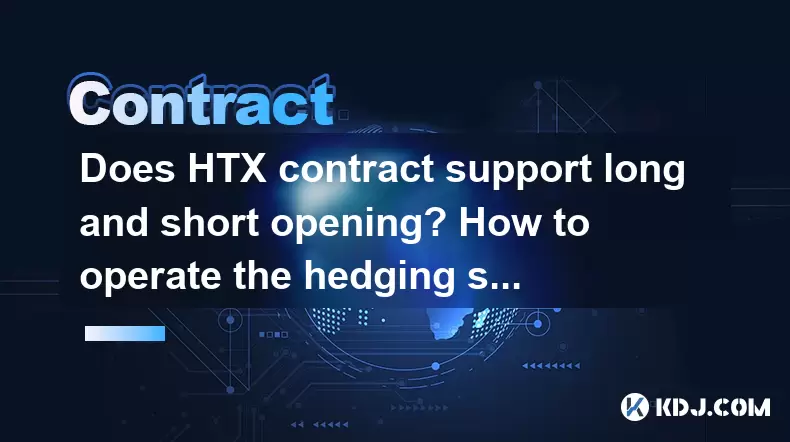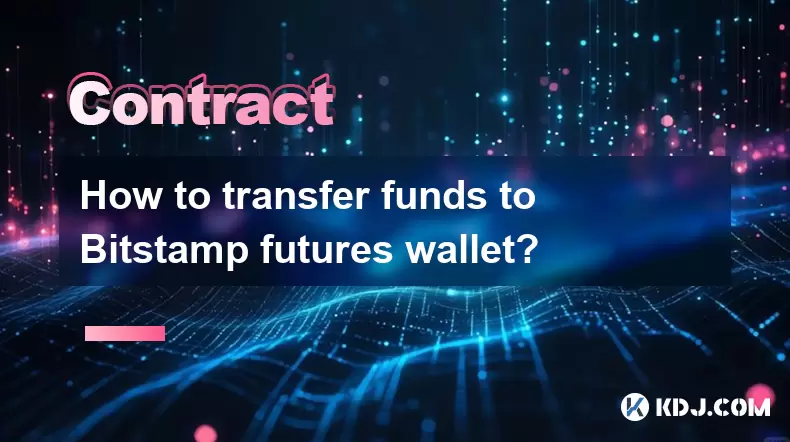-
 Bitcoin
Bitcoin $118900
1.66% -
 Ethereum
Ethereum $3735
1.35% -
 XRP
XRP $3.506
0.71% -
 Tether USDt
Tether USDt $1.000
-0.01% -
 BNB
BNB $799.4
5.78% -
 Solana
Solana $202.0
1.87% -
 USDC
USDC $0.9999
0.00% -
 Dogecoin
Dogecoin $0.2661
1.89% -
 Cardano
Cardano $0.8877
1.59% -
 TRON
TRON $0.3173
2.45% -
 Hyperliquid
Hyperliquid $45.00
2.59% -
 Stellar
Stellar $0.4723
3.40% -
 Sui
Sui $3.970
1.32% -
 Chainlink
Chainlink $19.67
1.94% -
 Hedera
Hedera $0.2710
1.99% -
 Avalanche
Avalanche $25.74
-0.01% -
 Bitcoin Cash
Bitcoin Cash $528.1
1.98% -
 Litecoin
Litecoin $120.1
3.57% -
 Shiba Inu
Shiba Inu $0.00001525
1.26% -
 UNUS SED LEO
UNUS SED LEO $8.989
-0.01% -
 Toncoin
Toncoin $3.304
1.74% -
 Polkadot
Polkadot $4.531
3.38% -
 Uniswap
Uniswap $10.74
2.51% -
 Ethena USDe
Ethena USDe $1.001
0.00% -
 Monero
Monero $325.5
2.44% -
 Pepe
Pepe $0.00001413
1.31% -
 Bitget Token
Bitget Token $4.860
0.85% -
 Dai
Dai $0.9999
0.01% -
 Aave
Aave $307.3
-2.07% -
 Bittensor
Bittensor $448.8
2.91%
Does HTX contract support long and short opening? How to operate the hedging strategy?
HTX contracts allow traders to hedge spot positions by opening long or short futures, managing risk through leverage and stop-loss orders.
May 17, 2025 at 09:43 pm

Introduction to HTX Contracts
HTX, formerly known as Huobi, is a leading cryptocurrency exchange that offers various trading products, including futures contracts. HTX contracts support both long and short positions, allowing traders to speculate on the price movements of cryptocurrencies. This flexibility is crucial for implementing various trading strategies, including hedging.
Understanding Long and Short Positions
In the context of HTX contracts, a long position is taken when a trader expects the price of a cryptocurrency to rise. Conversely, a short position is taken when a trader anticipates a price decline. Both types of positions can be opened on HTX, providing traders with the tools to profit from both bullish and bearish market conditions.
Basics of Hedging with HTX Contracts
Hedging is a risk management strategy used to offset potential losses in one position by taking an opposite position in another. On HTX, traders can use futures contracts to hedge their spot positions. For instance, if a trader holds a significant amount of Bitcoin in their spot wallet and fears a price drop, they can open a short position on Bitcoin futures to mitigate potential losses.
Steps to Open a Long Position on HTX
To open a long position on HTX, follow these steps:
- Log into your HTX account and navigate to the futures trading section.
- Select the cryptocurrency you wish to trade, such as Bitcoin or Ethereum.
- Choose the contract type and leverage level. HTX offers various contract types, including perpetual swaps and traditional futures.
- Enter the amount you want to invest and set your entry price.
- Click on 'Buy/Long' to open the position. Once the order is filled, you will have a long position on the selected cryptocurrency.
Steps to Open a Short Position on HTX
Opening a short position on HTX involves similar steps but with a few key differences:
- Log into your HTX account and go to the futures trading section.
- Select the cryptocurrency you want to short.
- Choose the contract type and leverage level.
- Enter the amount you want to short and set your entry price.
- Click on 'Sell/Short' to open the position. Once the order is filled, you will have a short position on the selected cryptocurrency.
Implementing a Hedging Strategy on HTX
To implement a hedging strategy using HTX contracts, follow these detailed steps:
- Assess your spot position: Determine the cryptocurrency and the amount you hold in your spot wallet.
- Calculate the hedge ratio: Decide how much of your spot position you want to hedge. For example, if you want to hedge 50% of your Bitcoin spot position, you will need to open a short position on Bitcoin futures that covers 50% of your spot holding.
- Open the short position: Follow the steps outlined above to open a short position on the same cryptocurrency in the futures market. Ensure that the size of the short position matches your calculated hedge ratio.
- Monitor and adjust: Keep an eye on both your spot and futures positions. If the market moves significantly, you may need to adjust your hedge ratio or close the futures position to lock in profits or limit losses.
Managing Risks in Hedging Strategies
While hedging can protect against adverse price movements, it is essential to manage risks effectively. Here are some tips for managing risks when using HTX contracts for hedging:
- Use appropriate leverage: High leverage can amplify both gains and losses. Use leverage cautiously, especially when hedging, to avoid excessive risk.
- Set stop-loss orders: Implement stop-loss orders on your futures positions to limit potential losses if the market moves against your hedge.
- Regularly review your positions: Continuously monitor your spot and futures positions to ensure your hedge remains effective. Adjust your hedge as necessary based on market conditions and your risk tolerance.
Practical Example of Hedging with HTX Contracts
Consider a scenario where you hold 1 BTC in your spot wallet, and you are concerned about a potential price drop. To hedge this position, you decide to short 0.5 BTC in the futures market. Here's how you would execute this strategy:
- Log into your HTX account and navigate to the futures trading section.
- Select Bitcoin as the cryptocurrency to trade.
- Choose a perpetual swap with a leverage of 10x.
- Enter 0.05 BTC as the amount to short (0.5 BTC divided by 10x leverage).
- Set your entry price and click on 'Sell/Short' to open the position.
By shorting 0.5 BTC in the futures market, you have effectively hedged 50% of your spot position. If the price of Bitcoin drops, the gains from your short position will offset the losses in your spot position, reducing your overall risk exposure.
Frequently Asked Questions
Q: Can I hedge my entire spot position on HTX?
A: Yes, you can hedge your entire spot position on HTX by opening a short position in the futures market that matches the size of your spot holding. However, consider the potential costs and risks associated with fully hedging your position.
Q: What happens if the price of the cryptocurrency moves in the opposite direction of my hedge?
A: If the price moves in the opposite direction of your hedge, you may experience losses on your futures position. However, these losses will be offset by gains in your spot position, which is the purpose of hedging. Regularly monitor and adjust your hedge to manage this risk.
Q: Are there any fees associated with opening and maintaining futures positions on HTX?
A: Yes, HTX charges various fees for futures trading, including trading fees, funding fees for perpetual swaps, and potential liquidation fees. Be sure to review HTX's fee structure before implementing your hedging strategy.
Q: Can I use HTX contracts to hedge positions on other exchanges?
A: While HTX contracts can be used to hedge positions on other exchanges, you must consider the potential basis risk. Basis risk arises from the difference in prices between the spot market on another exchange and the futures market on HTX. Monitor these differences closely to ensure your hedge remains effective.
Disclaimer:info@kdj.com
The information provided is not trading advice. kdj.com does not assume any responsibility for any investments made based on the information provided in this article. Cryptocurrencies are highly volatile and it is highly recommended that you invest with caution after thorough research!
If you believe that the content used on this website infringes your copyright, please contact us immediately (info@kdj.com) and we will delete it promptly.
- Binance, Leverage, and Perpetual Contracts: A Trader's Deep Dive
- 2025-07-23 16:50:12
- Cardano, Hoskinson, and the ADA Rally: What's Driving the Surge?
- 2025-07-23 17:30:13
- Bitcoin Profit-Taking, Whale Behavior, and Technical Analysis: A July 2025 Snapshot
- 2025-07-23 17:30:13
- Tom Lee's Bold Bitcoin Prediction: $250K by '25 or $3M Long Term?
- 2025-07-23 16:30:12
- VeChain (VET) Price Prediction: Bullish Breakout or Short-Term Skepticism?
- 2025-07-23 16:50:12
- Jackbit Casino: Your Ticket to Crypto Bonuses and Free Spins in 2025
- 2025-07-23 16:30:12
Related knowledge

Why is my Bitstamp futures position being liquidated?
Jul 23,2025 at 11:08am
Understanding Futures Liquidation on BitstampFutures trading on Bitstamp involves borrowing funds to open leveraged positions, which amplifies both po...

Does Bitstamp offer inverse contracts?
Jul 23,2025 at 01:28pm
Understanding Inverse Contracts in Cryptocurrency TradingIn the realm of cryptocurrency derivatives, inverse contracts are a specific type of futures ...

How to find your Bitstamp futures trade history?
Jul 23,2025 at 08:07am
Understanding Bitstamp and Futures Trading AvailabilityAs of the current state of Bitstamp’s service offerings, it is critical to clarify that Bitstam...

Can I use a trailing stop on Bitstamp futures?
Jul 23,2025 at 01:42pm
Understanding Trailing Stops in Cryptocurrency TradingA trailing stop is a dynamic type of stop-loss order that adjusts automatically as the price of ...

How to trade ETH perpetuals on Bitstamp?
Jul 23,2025 at 03:28am
Understanding ETH Perpetual ContractsETH perpetual contracts are derivative products that allow traders to speculate on the price of Ethereum without ...

How to transfer funds to Bitstamp futures wallet?
Jul 23,2025 at 04:14pm
Understanding Bitstamp Futures WalletBefore initiating any transfer, it’s crucial to understand that Bitstamp separates your Spot Wallet from your Fut...

Why is my Bitstamp futures position being liquidated?
Jul 23,2025 at 11:08am
Understanding Futures Liquidation on BitstampFutures trading on Bitstamp involves borrowing funds to open leveraged positions, which amplifies both po...

Does Bitstamp offer inverse contracts?
Jul 23,2025 at 01:28pm
Understanding Inverse Contracts in Cryptocurrency TradingIn the realm of cryptocurrency derivatives, inverse contracts are a specific type of futures ...

How to find your Bitstamp futures trade history?
Jul 23,2025 at 08:07am
Understanding Bitstamp and Futures Trading AvailabilityAs of the current state of Bitstamp’s service offerings, it is critical to clarify that Bitstam...

Can I use a trailing stop on Bitstamp futures?
Jul 23,2025 at 01:42pm
Understanding Trailing Stops in Cryptocurrency TradingA trailing stop is a dynamic type of stop-loss order that adjusts automatically as the price of ...

How to trade ETH perpetuals on Bitstamp?
Jul 23,2025 at 03:28am
Understanding ETH Perpetual ContractsETH perpetual contracts are derivative products that allow traders to speculate on the price of Ethereum without ...

How to transfer funds to Bitstamp futures wallet?
Jul 23,2025 at 04:14pm
Understanding Bitstamp Futures WalletBefore initiating any transfer, it’s crucial to understand that Bitstamp separates your Spot Wallet from your Fut...
See all articles

























































































